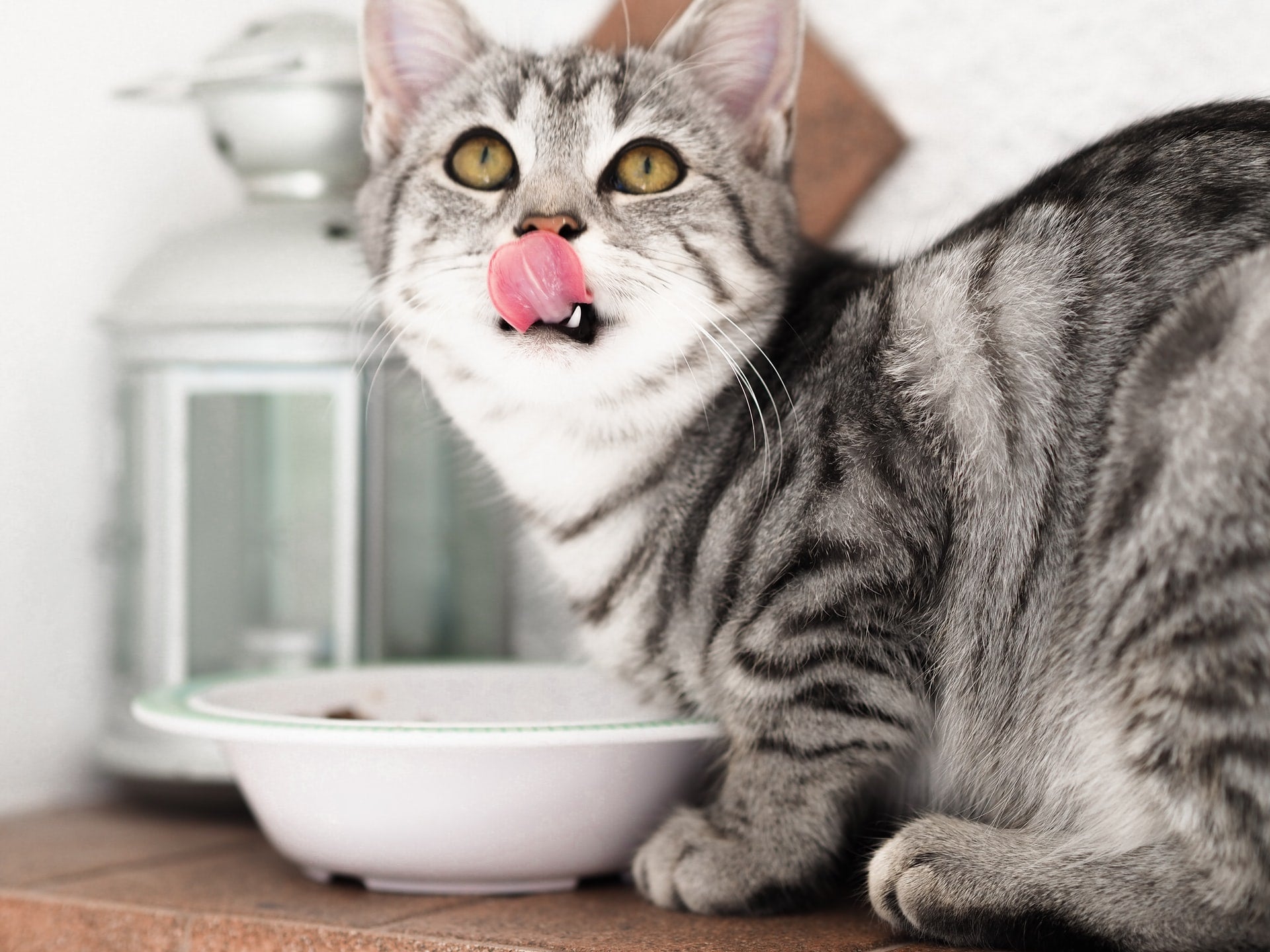Whether you’re adopting a cat for the first time or simply wondering whether your feline friend’s diet could use an upgrade, many cat owners find themselves debating between wet cat food and dry cat food.
With so many cat food options out there, how do you know which is best for your pet? Keep reading to find out!
Wet Cat Food and Dry Cat Food: Understanding the Key Differences
When it comes to cat food, the differences are a bit more extensive than simply “wet” or “dry.”
That said, one of the main differences is pretty clear: moisture. Wet food can contain up to 70% more moisture than dry food, which is pretty significant for cats who are notoriously dehydrated.
The manufacturing processes of wet and dry food can also be quite different. Wet food is typically made up of fresh or frozen meats, blended together with additional ingredients including water, fats, and vitamins. Dry food, on the other hand, is typically made by combining the ingredients and then cooking them all together.
Nutrition is another big difference to consider, as dry food tends to contain significantly higher amounts of carbohydrates than wet food. The protein sources can also vary, in addition to individual ingredients.
Pros and Cons of Wet Food for Cats
Also known as canned food, wet cat food comes with a few different benefits and drawbacks.
Pros of Wet Food
One of the most significant of wet food is its high water content. This is especially important for cats with certain health issues, or for those kitties who simply don’t drink enough water throughout the day.
In addition to containing more meat-based protein than dry food, wet cat food also tends to be tastier—which is great if you’ve got a picky eater!
Cons of Wet Food
Wet cat food tends to be more expensive than dry food. Not only that, but you may end up throwing out more wet food than you would dry food. This is because once opened, canned wet food must be consumed or thrown away within a pretty short period of time—within 24 hours to a week, depending on the brand and its ingredients.
Wet food and free-feeding don’t make a great pair, as it can spoil after sitting out for more than just a few hours, resulting in tummy troubles for your kitty.
Pros and Cons of Dry Food for Cats
Like wet food, dry food—or kibble—comes with its share of pros and cons.
Pros of Dry Food
One of the biggest advantages of dry food is its convenience. Not only is it typically more budget-friendly than wet food, but it can also be left out for much longer and does not need to be refrigerated. Dry food is an ideal choice for free-feeding cats; it also allows for the use of automatic feeders or puzzle feeders.
Cons of Dry Food
If your cat eats sporadically throughout the day rather than during designated meal times, it can be harder to manage portions. You may not pick up on changes in your cat’s eating habits, such as overeating or eating too little.
Additionally, dry food is typically more processed than wet food, and contains higher amounts of carbohydrates. For cats with dental issues, dry food can also pose some eating problems.

Is It Okay to Mix Wet Food and Dry Food?
Considering the pros and cons of wet and dry food, many cat owners choose to feed their kitties a combination of the two in order to get the best of both worlds.
This could involve using wet food as a topper for dry food, mixing the two together in a bowl, or alternating between wet and dry food at different feeding times. Whichever you choose, talk to your veterinarian to determine the appropriate portion sizes for your cat.
Of course, don’t forget to check the “best by” or “use by” dates, regardless of the food you choose to feed your cat.
How to Know What’s Best for Your Pet
The right diet can vary from cat to cat, depending on a variety of factors including age or life stage, weight, health conditions, and your budget and lifestyle. If you have multiple cats, you may even find that they have different dietary requirements.
Whichever you choose, it’s important to purchase cat food from a reputable brand that meets Association of American Feed Control Officials (AAFCO) standards. When looking at the ingredients list, you should see a meat-based protein listed first.
Additionally, some pet parents opt to skip the commercial cat food altogether and feed their cats a raw diet. If you choose to go this route, be sure to discuss it thoroughly with your vet to ensure that your kitty is getting all of her necessary nutrients.
Keep your cat feeling happy and healthy with PetHonesty’s Digestive Probiotics+ Powder for Cats. Naturally and deliciously flavored with chicken and fish, this tasty meal-topping powder supports healthy digestion and immune response.
Sources:
https://www.petmd.com/cat/nutrition/wet-cat-food-vs-dry-cat-food-which-better
https://allaboutcats.com/wet-vs-dry-cat-food
https://www.hillspet.com/cat-care/nutrition-feeding/wet-vs-dry-cat-food
https://www.catster.com/cat-food/wet-cat-food-vs-dry-cat-food













